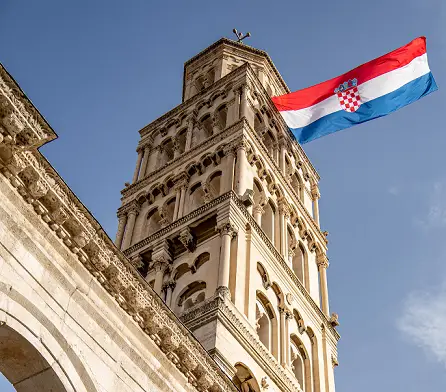On Sunday, Croatia entered the Schengen free-movement zone and began its transition of currencies to the euro, marking two major changes for the Balkan country, after it first joined the European Union almost ten years ago.
In July, the EU council had approved Zagreb’s bid to transition to the euro, which made the first expansion of the currency-bloc in nearly ten years. Lithuania was the last nation before Croatia to join the Eurozone in 2015.
Since September, Croatia, which joined the bloc in 2013, has been displaying prices in both currencies, which will be used in parallel throughout 2023 as the nation transitions.
Croatia’s economy is one of the weaker in the EU, in part a legacy produced by the war in the 1990’s. The nation’s economy as a result is heavily tourism-dependent. Tourism revenues from the several million European and other global visitors each year account for 20% of the nation’s gross domestic product. Now that the nation has joined the Eurozone, it will mean tourists will no longer need to exchange their euros for kunas on entering the country to pay for their trip.
It is expected the nation’s entry into the Schengen borderless zone, which allows for the free movement of over 400 million people between the zone’s member states, will greatly boost the Adriatic nation’s tourism revenues. However border-checks at airports will remain in effect until late March.
Strict border controls will also remain in effect on Croatia’s eastern and southern borders with its non-EU neighbors Bosnia and Herzegovina, Montenegro and Serbia.

